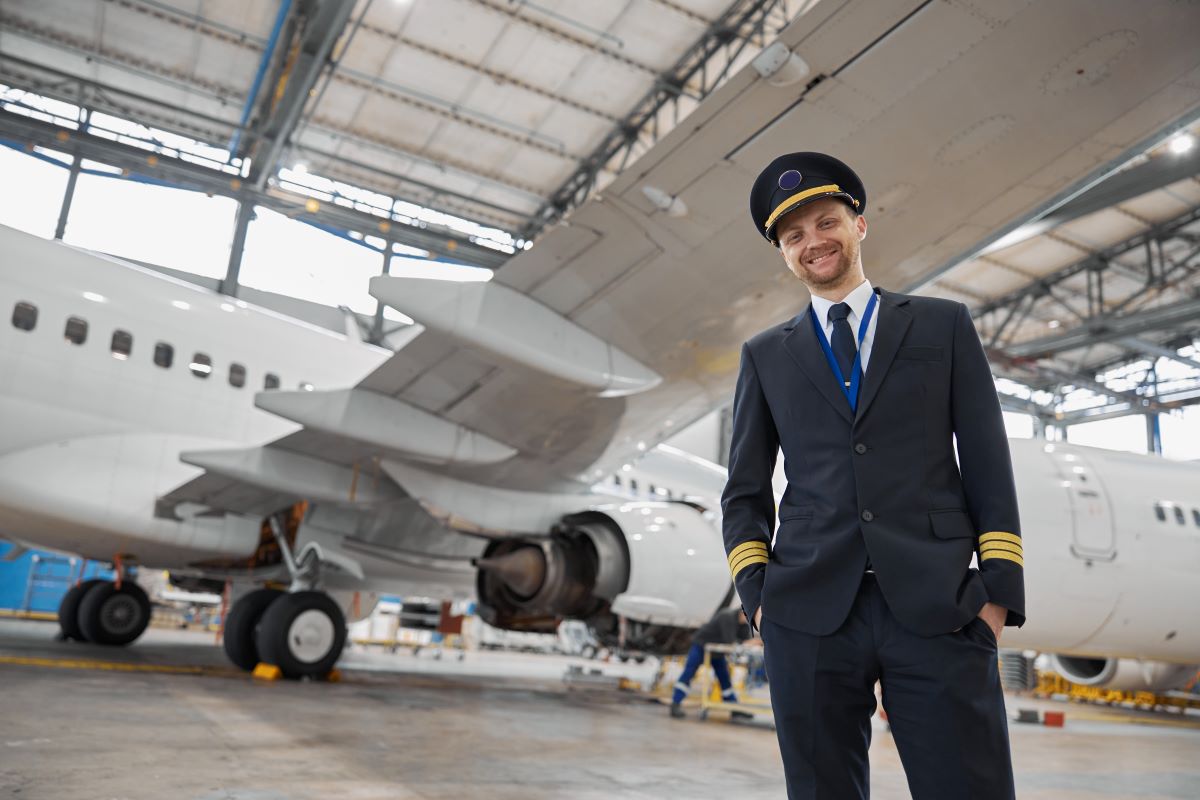The image of a pilot in a crisp uniform is an instantly recognizable symbol of professionalism and authority. But beyond the sharp appearance, there’s a fascinating blend of design and functionality woven into every stitch. Let’s delve into the world of pilot uniforms and explore what makes them tick.
A Timeless Silhouette:
The core uniform for most pilots consists of trousers, a long-sleeved shirt, a jacket, and a tie or scarf. This classic silhouette has endured for decades, offering a sense of tradition and formality. The clean lines and tailored fit project an image of competence and inspire confidence in passengers.
Fabric Choice: Function Takes Flight:
The materials used in pilot uniforms are no accident. Fabrics like wool or a wool blend are popular choices due to their inherent wrinkle resistance. This ensures pilots look sharp throughout long journeys. Additionally, the fabric’s breathability is essential for comfort in varying cabin temperatures.
The Power of the Stripes:
Those distinctive stripes on a pilot’s epaulettes are more than just decoration. They serve as a visual indicator of rank and experience. The number and width of the stripes increase with seniority, allowing passengers and crew to easily identify the captain and first officer.

Badges and Insignia: A Symbol of Expertise
Pilot uniforms often sport a variety of badges and insignia. These can represent the airline or organization the pilot works for, their qualifications (such as pilot licenses), and even specific achievements or awards. Each badge tells a story, signifying the pilot’s experience and qualifications.
Safety Features: Not All About Looks
Pilot uniforms sometimes incorporate subtle safety features. For example, epaulettes might be designed to break away easily in case they snag on something in the cockpit. Additionally, some uniforms utilize flame-retardant materials for an extra layer of protection.
A Global Look with Local Variations:
While there are common elements across most pilot uniforms, airlines around the world add their own unique touches. This could be through distinctive color schemes, specific hat styles, or the incorporation of cultural elements into the design. This personalization reflects the airline’s brand identity while maintaining the core functionality of the uniform.
Beyond the Cockpit: A Uniform for All Conditions
Pilots don’t just spend time in the cockpit. They also interact with passengers and crew on the ground. That’s why many airlines provide variations of the uniform, such as lighter jackets for warmer climates or specific attire for ramp duties.
In conclusion, a pilot’s uniform goes beyond projecting a professional image. It’s a carefully considered blend of design and functionality, ensuring comfort, safety, and clear communication within the aviation environment. The next time you see a pilot in uniform, take a moment to appreciate the thought and purpose woven into every element of their attire.

